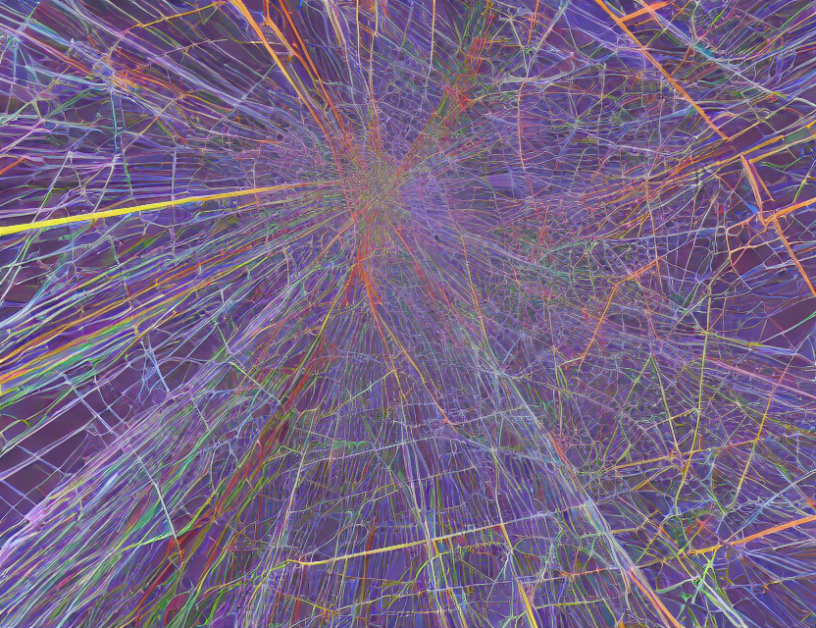In recent years, deep learning has revolutionized the field of computer vision, enabling machines to recognize and classify images in ways previously thought impossible. This article provides an overview of the key concepts and techniques used in deep learning for computer vision, with a focus on practical applications using Python.
Deep Learning Models
Deep learning models are composed of multiple layers of artificial neural networks that process visual data. These models can be trained on large datasets to learn features and patterns within images, allowing them to recognize objects, scenes, and actions. The most popular deep learning model for computer vision is the Convolutional Neural Network (CNN), which uses convolutional layers to extract features from images.
Convolutional Neural Networks
Convolutional neural networks are designed to process visual data using a sliding window approach. Each convolutional layer applies a set of filters to small regions of the image, scanning the entire image in a sliding window fashion. These filters learn to recognize features within images, such as edges, lines, and shapes. The output of each convolutional layer is then fed into pooling layers, which reduce the spatial dimensions of the data while retaining important information.
Pooling Layers
Pooling layers are used to downsample the output of convolutional layers, reducing the number of pixels in the feature maps while preserving important information. The most common type of pooling is Max Pooling, which selects the maximum value from each patch of the image. Another popular type of pooling is Average Pooling, which computes the average value of each patch.
Flattening
After the convolutional and pooling layers, the output is flattened into a one-dimensional vector using a flatten function. This allows the model to process the entire image as a single feature map, enabling it to recognize more complex patterns and relationships between features.
Activation Functions
Activation functions are used to introduce nonlinearity into the neural network, allowing it to learn more complex and abstract representations of images. The most popular activation functions for computer vision include ReLU (Rectified Linear Unit), Sigmoid, and Tanh. These functions introduce different types of nonlinearity, such as thresholding, slope, or sigmoid curvature, which can be tailored to the task at hand.
Optimization Techniques
Optimization techniques are used to train deep learning models, allowing them to learn from large datasets. The most popular optimization algorithm for computer vision is Stochastic Gradient Descent (SGD), which updates the model weights in a random subset of training examples. Other optimization algorithms include Adam, RMSProp, and Adagrad. These algorithms introduce different mechanisms for updating model weights based on the gradient of the loss function, allowing the model to adapt to the complexity of the task.
Applications
Deep learning models have numerous applications in computer vision, including image classification, object detection, segmentation, and generation. For example, deep learning models can be used to recognize objects within images, such as faces, animals, or vehicles. They can also be used to detect specific objects within an image, such as pedestrians in a scene or medical conditions in a medical image. Deep learning models can even generate new images based on input data, such as generating new faces or images of medical conditions.
Conclusion
In conclusion, deep learning has revolutionized the field of computer vision by enabling machines to recognize and classify images in ways previously thought impossible. By understanding the key concepts and techniques used in deep learning for computer vision, developers can create practical applications using Python, such as image classification, object detection, segmentation, and generation. As the field continues to evolve, we can expect even more advanced applications of deep learning in computer vision, including autonomous vehicles, medical diagnosis, and artistic creation.



